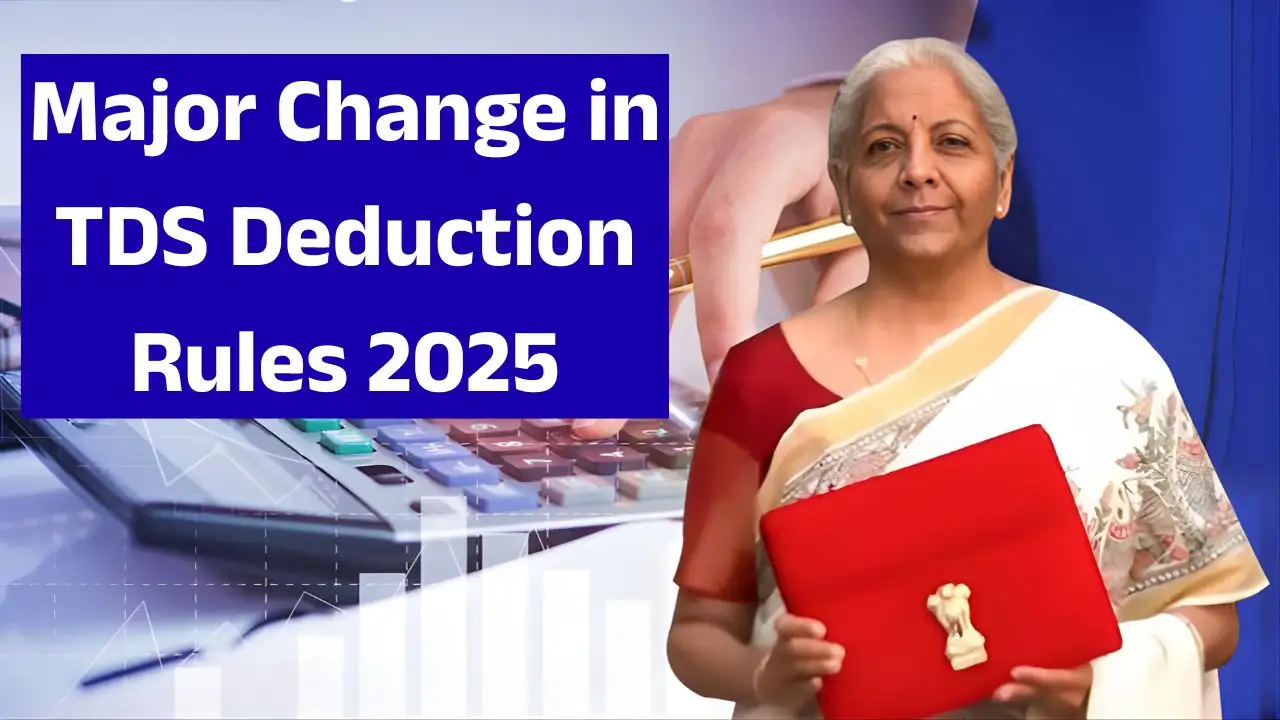Change in the government TDS rules on FDs has been announced, effective from the financial year 2025–26. The change has been brought into existence to simplify the taxation procedures and bring about a better compliance upon depositors. This update regards millions of FD holders in banks and post offices and will directly impinge on the taxation of interest income.
Revised TDS Threshold and Applicability
Under the rules, banks and financial institutions will now deduct TDS if the total annual interest earned on Fixed Deposits exceeds ₹50,000 in the case of senior citizens and ₹40,000 for others. While the bank maintains the threshold, the mode of application and reporting of the deduction is changing now; banks will apply TDS basis interest calculated on various deposits taken from different branches of the same bank, thereby preventing the depositor from resorting to splitting deposits into multiple accounts for the deduction. Thus, it encourages transparency and reduces chances of tax evasion.
Digital Reporting and PAN Linking Mandatory
The other important change is meant to provide mandatory PAN-Aadhaar linking for all FD holders. If a person defaults, then TDS will be deducted at a high rate, ranging anywhere between 10% and 20%, more than the initial 10%. Besides, banks shall now report TDS deduction on a quarterly basis in real-time to the Income Tax Department through an online channel. This facility will allow investors to track deductions and cross-verify while filing their returns.
Investor and Interest Income Impact
For smaller depositors, the new law may not create any significant burden; on the contrary, however, those with large deposits must definitely plan their investments. Persons with income below taxable limits can avoid TDS by submitting Form 15G or Form 15H.
Conclusion
The revised rules for TDS deduction now form part of the strong steps taken toward greater transparency and compliance in the overall financial system. FD investors need to stay abreast of all developments, link their PAN and Aadhaar, and plan their deposits in a wise manner to get maximum returns post-tax under this new framework.




